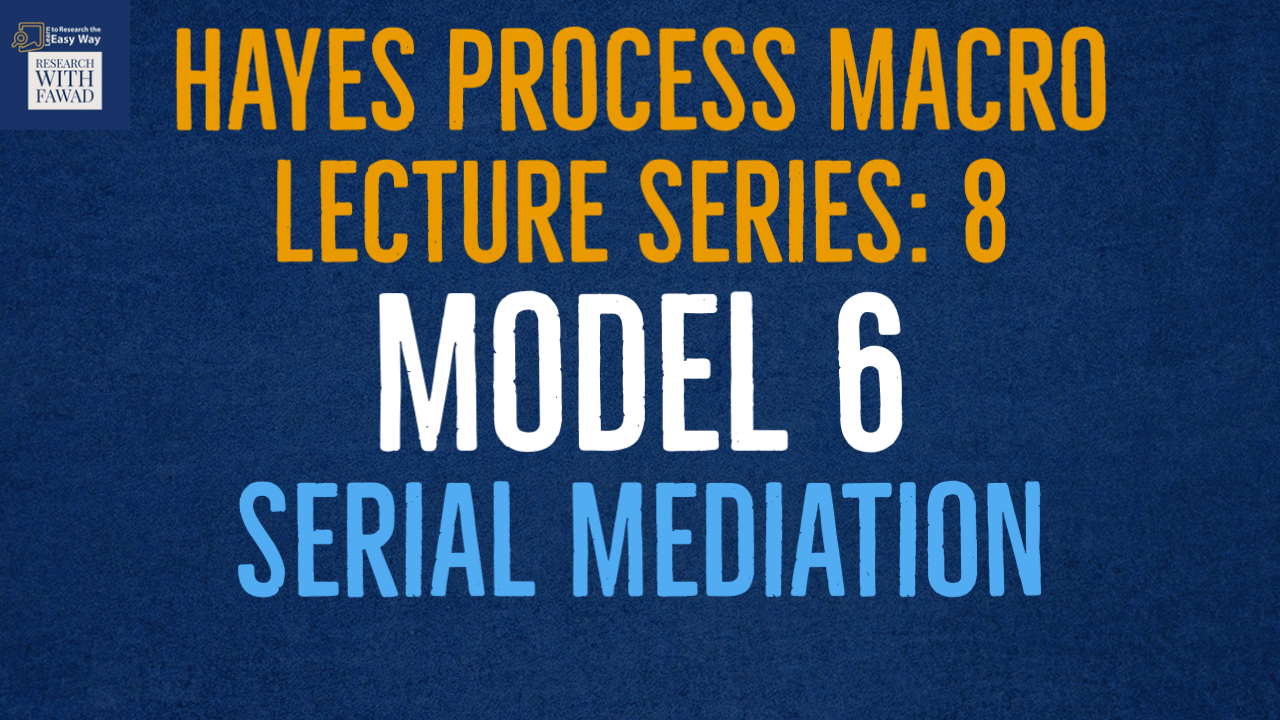
Hayes Process Macro - Lecture Series
The tutorial will guide on Model 6 of the Hayes Process Macro for Serial Mediation.

The tutorial will guide on Model 6 of the Hayes Process Macro for Serial Mediation.
Here is the model
Indirect Effect 1 = Ind1 (a1*b1):
Indirect Effect 2 = Ind2 (a2*b2):
Indirect Effect 3 = Ind3 (a1*d*b2):
Direct Effect = 0.2251
Total Effect = Sum of all Indirect Effects + Direct Effect
Next,
Mediation Analysis
H1: Commitment and Assurance serially Mediate the Relationship between Collaborative Culture and Organizational Performance
The study assessed the serial mediation with commitment and assurance serially mediating the relationship between collaborative culture and organizational performance. The results revealed a significant indirect effect of collaborative culture on organizational performance through commitment and assurance (b= 0.070, t = 3.142), supporting H1. Furthermore, the direct effect of collaborative culture on organizational performance in presence of the mediators was also found significant (b = 0.225, p < 0.001). Hence, there is partial serial mediation of commitment and assurance on the relationship between collaborative culture and organizational performance. Mediation summary is presented in Table 1.